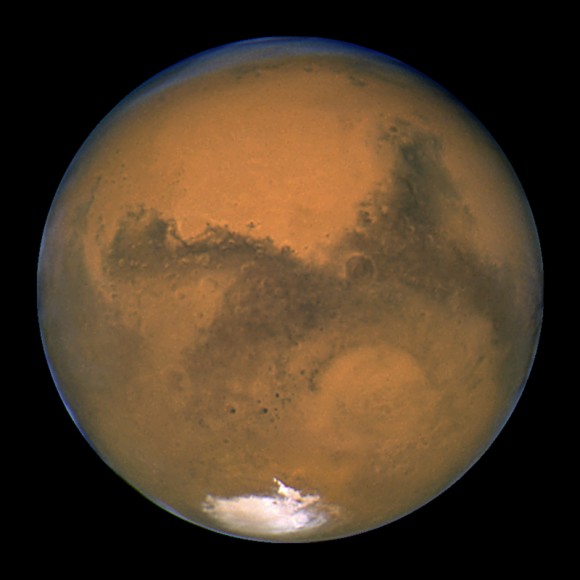.
Things you don't know about the Solar System
I've always found space fascinating, and among my first books was a book about astronomy. It was just a small, general guide that had a number of interesting facts about the solar system and the stars and galaxies. This was 1980 or before, and we've made a LOT of discoveries since then, and I've kept up on it, partly thanks to Ars Technica, the Science Channel, and NASA.
Today's topic: the Red Planet, Mars.
Named for the Roman god of war, Mars may be the next Solar system body that humans set foot on. A few years back, the Bush administration, otherwise known for its hard stance against science, announced the race to Mars. Assuming the world doesn't end in 2012 or 2036, humans should be setting foot on Mars by 2030AD or close to that. And what do you think we're going to find there?
It wouldn't be too hard to tell you something you might not know about Mars that comes from recent news releases. We've got some rovers and probes exploring the planet, and they make discoveries almost every day. As of this writing, the debate still rages whether or not there is or was life on Mars, and whether or how much water is on Mars, but one thing is definitely clear: it had water in its ancient past, and so there may have been microbial life.
But I'm going to tell you something that you can't find hardly anywhere, and certainly not in the news: the Martian atmosphere is a natural laser.
Yep, you heard right! It's a laser.
Laser, as I'm sure all of you know, is an acronym for Light Amplification by Stimulated Emission of Radiation, and it's so commonly used nowadays that it's become a word in its own right.
The Mars laser was discovered back in 1981 (according to this article, which also mentions that Venus' atmosphere is a natural laser too, so hey, I learned something new today too) and since then, it's been one of those little-known facts. The article I linked explains how the lasers work, so I won't repeat them.
Something else you might not know about Mars is that it has two moons. They're both really small, more like captured asteroids, though we haven't studied them well enough to know that for sure yet. The neat thing is that one of them orbits so fast that it crosses the Martian sky twice in a day. This is the moon Phobos, and it's the larger of the two. It's so fast, it travels from west to east! The smaller one, Deimos, is further out and behaves more like a moon should, except that it's so small, it's hard to see.
In about 10 million years, Phobos could crash into Mars, assuming we don't do something about it, though it will probably be torn apart and become a ring a couple million years before that. Deimos, like our own moon, is eventually going to escape its parent planet.
If you missed the start of this series, you can use the links to the left and select the SPACE tag to show you all the space-oriented postings I've done. Our tour starts at the Sun and proceeds outward.
Next time, I'll move outward again and learn you something else you don't know about our solar system. Until then, keep reaching for the sky!
_______
Further reading to whet your appetite for knowledge:
Solar System - Asteroids
To Your Health - Part 3
Solar System - Earth
.



No comments:
Post a Comment
Have your say-
Did you know you can leave a comment without having a Google account? Just click where it asks for one and select a different option!